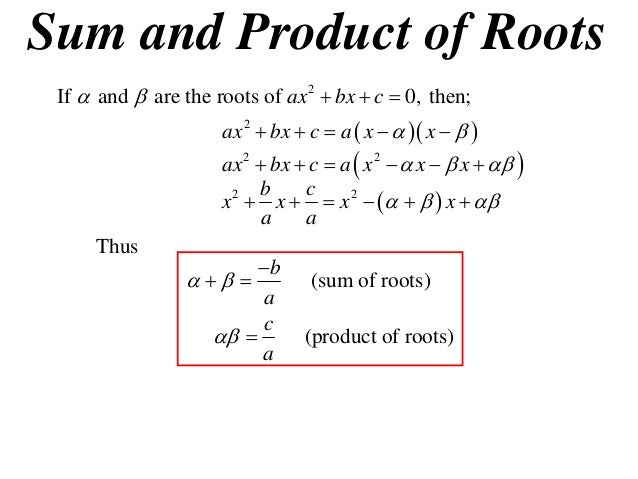Solving Equations
Let's say you've got a see-saw (teeter-totter)... and you've got 50 pounds of stuff piled on each side:
Here's the big Algebra game:
Whatever you do, you've got to
keep the see-saw balanced! |
What if we add 3 pounds to the left side?
CLUNK! It's not balanced anymore!
But, if we add 3 pounds to BOTH sides?
It stays balanced!
Equations are just like see-saws...
You have to keep them balanced!
So, whatever you do to one side of the " = " you've got to do to the other side!
EXAMPLE 1:
Let's start with an easy one:
Solve 
We can just look at it and see that x = 10...
But, what if we didn't see that? What would we do?
Here's the Algebra trick:
We'll add 3 to both sides!
*Remember the see saw?
Whatever we do to one side of the equation,
we have to do to the other side.
Whatever we do to one side of the equation,
we have to do to the other side.
Why did we ADD 3?
To undo this! + is the opposite of -
The goal is to get the x alone. Just imagine that Mr. X hasn't showered in a few weeks and everyone wants to get away from him. It's your job to help.
EXAMPLE 2:
Solve 
(Yes, I know you can see that the answer is 2, but we're learning to play a game here... They're going to get a lot harder.)
Your mission: Get the smelly X alone.
Who needs to get away? The +5!
What will undo a +5? -5!
Do it to both sides!
Here's the first thing we can do:
We can add or subtract
something from both sides! |
We've already learned that we can add or subtract something from both sides of an equation.
EXAMPLE 3:
We need to get this 4 out of here...
What's he doing to the x? Multiplying!
What's the opposite of multiplying? Dividing!
What's the opposite of multiplying? Dividing!
So, divide both sides by 4:
Here's what's going on with this thing:
EXAMPLE 4:
| Solve | |
There are a couple different ways to deal with this one:
WAY 1:
Rewrite it like this:
Since the 4 is dividing into the x,
we'll multiply both sides by 4 to undo him:
WAY 2:
Use the fraction fact that 4 is the multiplicative inverse (big word time!) of 1/4:
| Remember: |
Does x = 36 work? Check it!
Here's the way you do NOT want to do this guy! (And do NOT let me catch you doing it!)
Do NOT divide both sides by 1/4!
EXAMPLE 5:
| Solve |
There are two guys bugging the x... -7 and 2. The 2 is really locked on and the -7 is
Now, ditch the 2: |
Check it!
Solving Inequalities
For these problems, instead of just having one answer, like x = 3
We are going to get a range of answers, called an interval... Like this:
This means that x can be 1 ... or x can be bigger than 1 ... x can be 2 or 4.671 or 1.00001 or 50,000,000.
One way to write this interval is
(read "x is greater than or equal to 1" )
So, what would this mean on a number line?
Just read it! "x is less than 3."
We put an open dot at the 3, since x cannot be 3.
So, x < 3 means that x cannot be 3, but it can be a number less than 3... like 2.998 ... or 0 ... or -5931.
What about something like this?
This means that x can be 1... or x can be 4 ... or x can be any number between 1 and 4 ... Like 2 or 3.01459.
One way to write this interval is
(read as "x is greater than or equal to 1 and less than or equal to 4")
So, how would we graph this on a number line?
It says that x cannot be -1...
It says that x CAN be 3...
And it says that x can be a number between -1 and 3...
What about something like this?
If you have to be just ONE x guy, you either have to pick an x on the left side (in x < 0) OR an x on the right side (in x > 3). Right?
So, we write it like this:
All the guys we've been working with are called "inequalities" since they have the symbols  ,
,  ,
,  ,
,  instead of just = signs.
instead of just = signs.
What about something like this?
If you have to be just ONE x guy, you either have to pick an x on the left side (in x < 0) OR an x on the right side (in x > 3). Right?
So, we write it like this:
All the guys we've been working with are called "inequalities" since they have the symbols  ,
,  ,
,  ,
,  instead of just = signs.
instead of just = signs.
Absolute
Values
 |
·
lxl< a ⇔
−a<x<a
·
lxl > a ⇔ x<−a, x>a


No comments:
Post a Comment